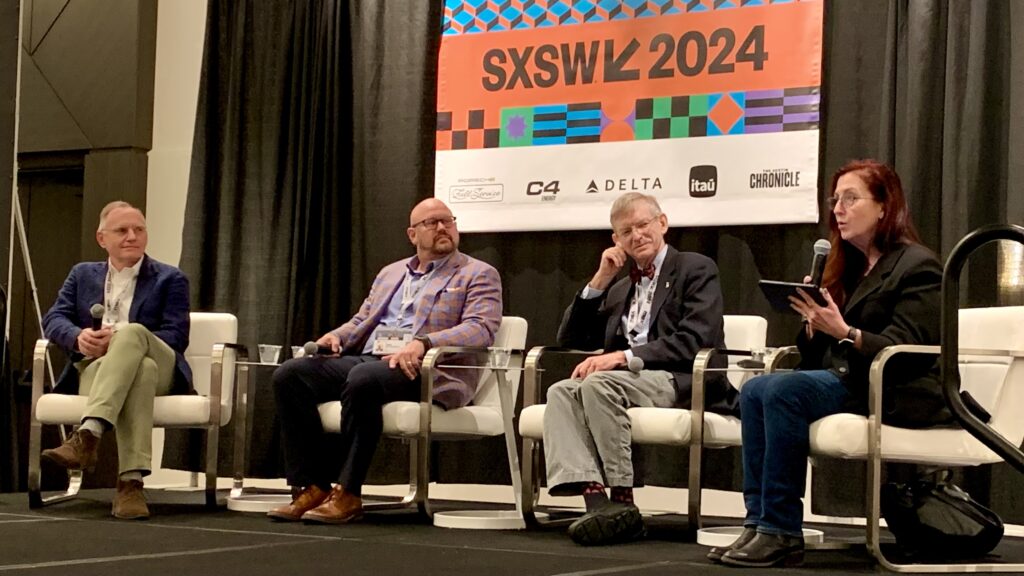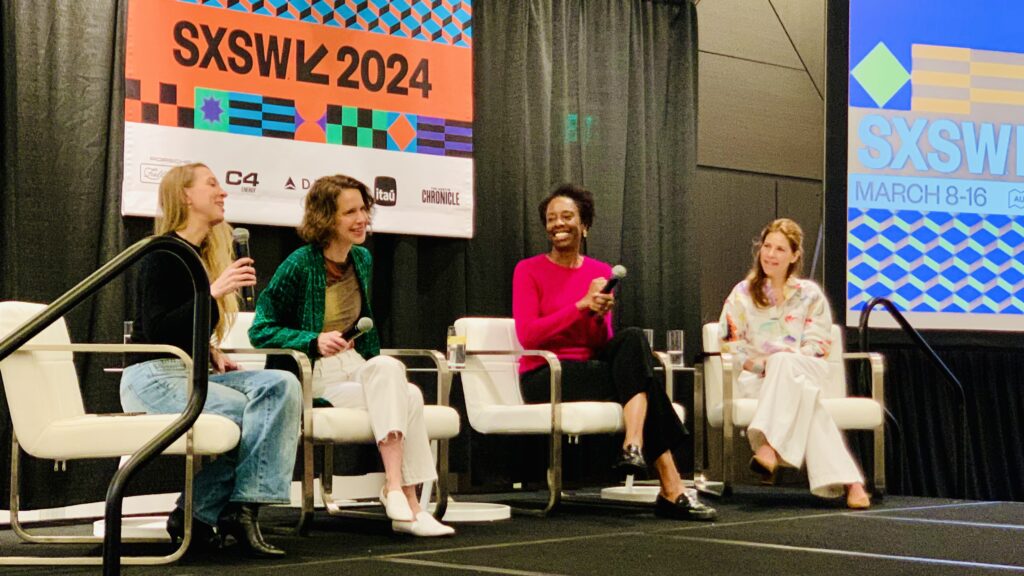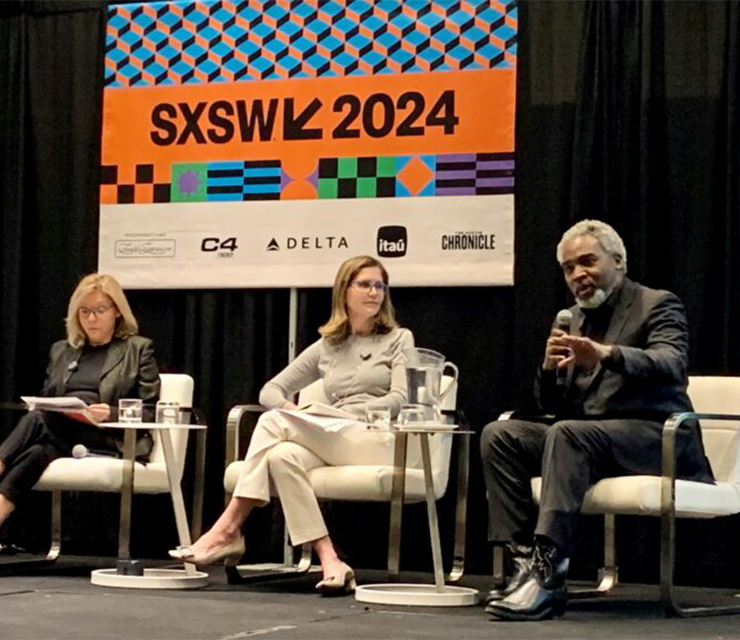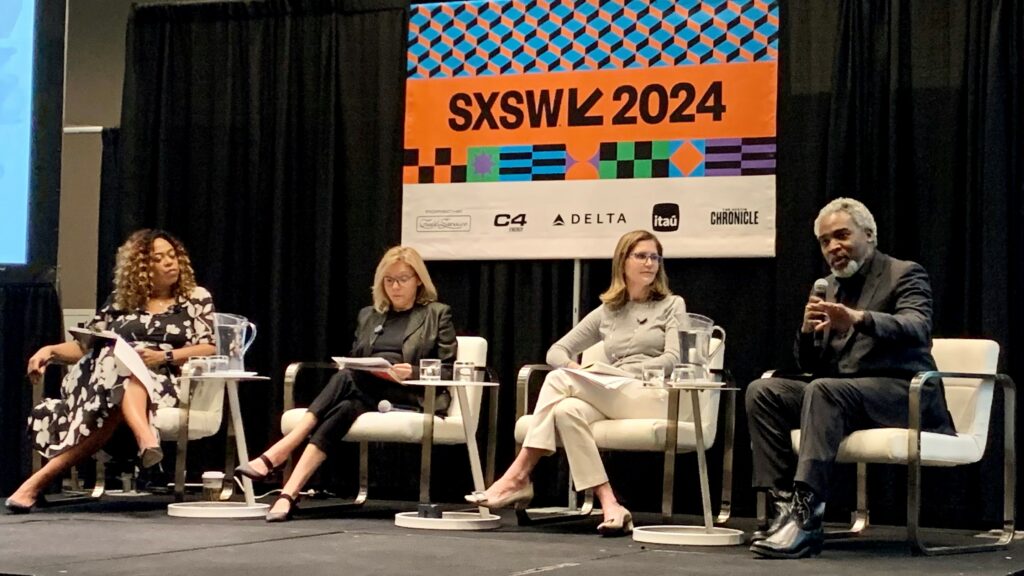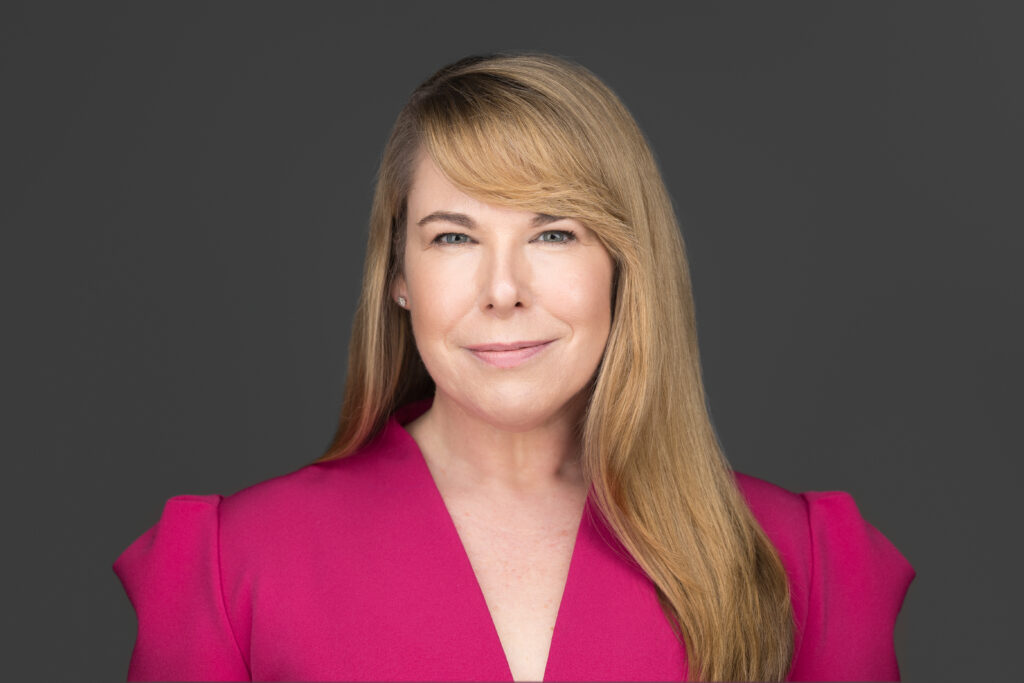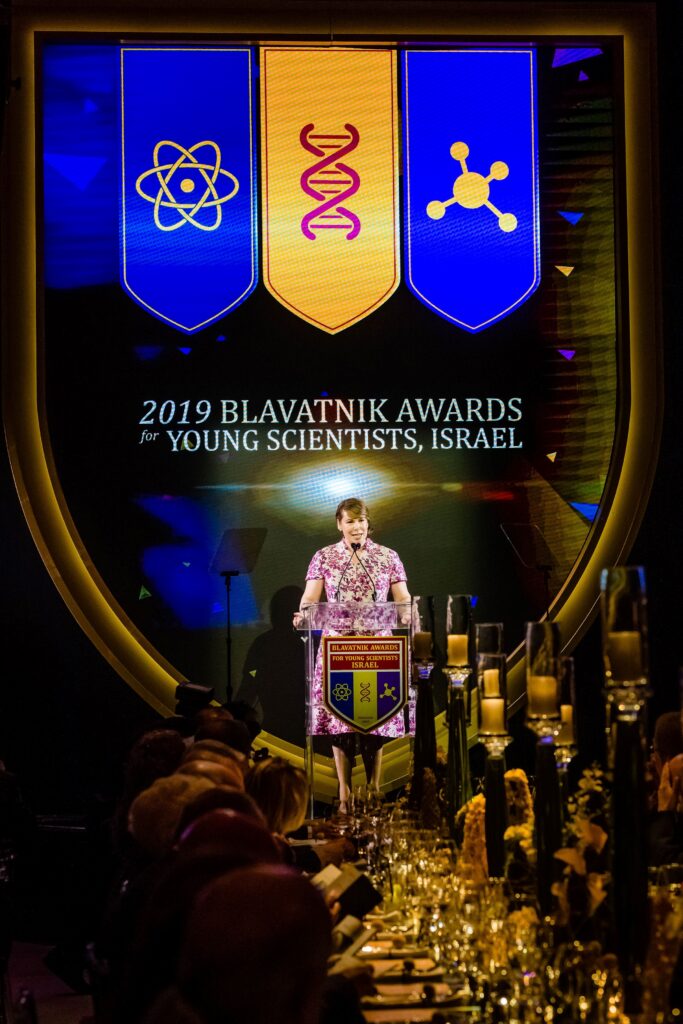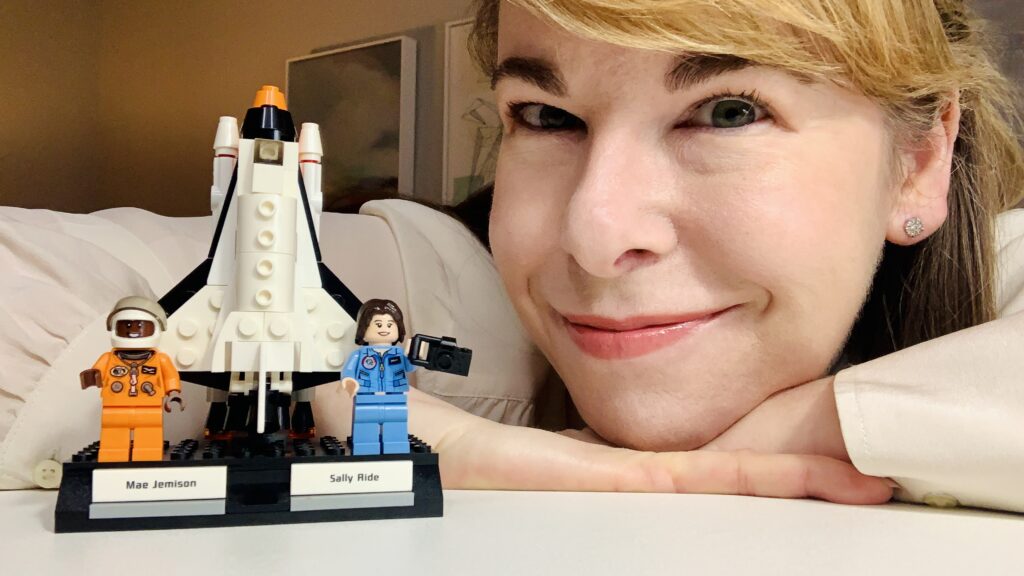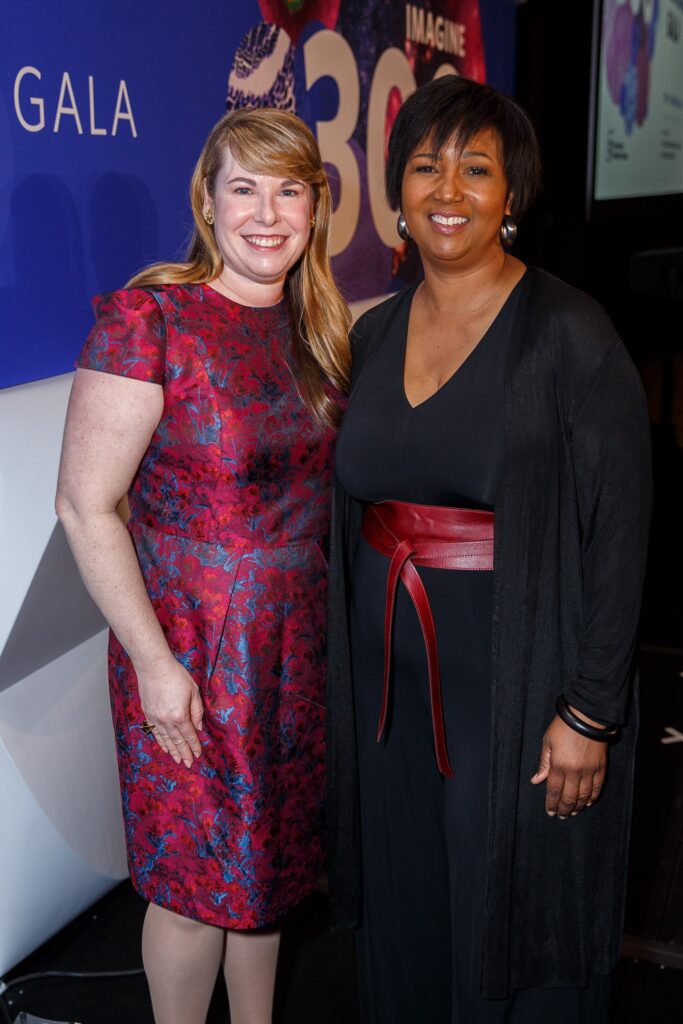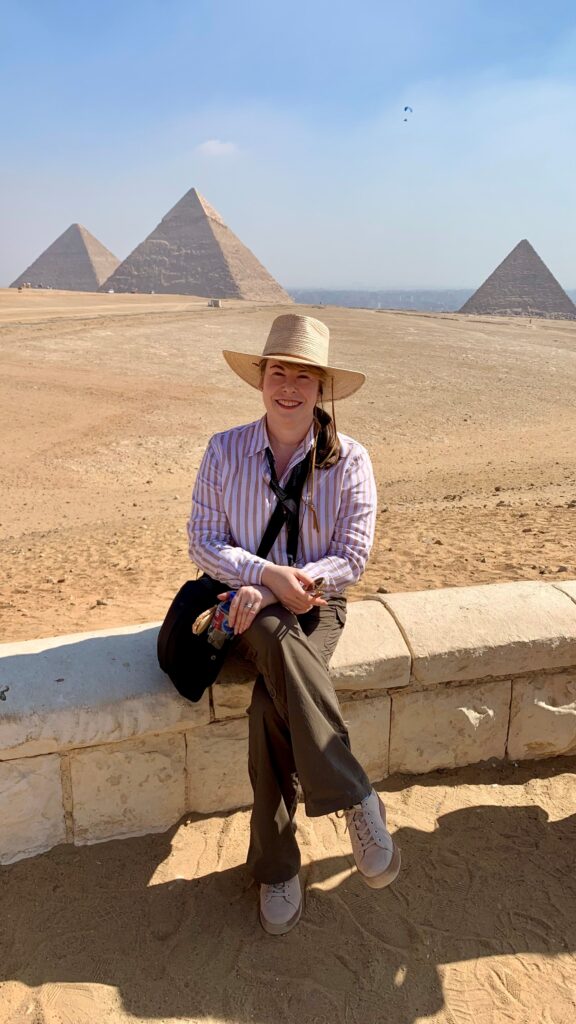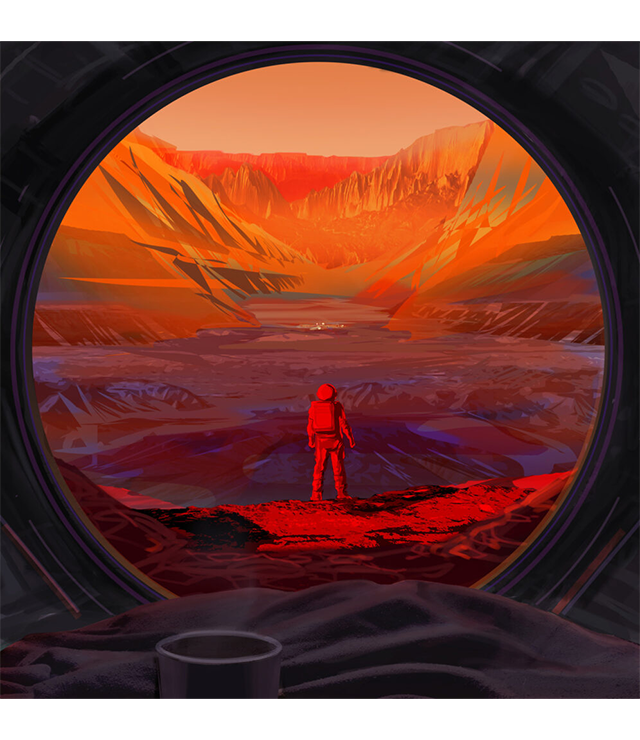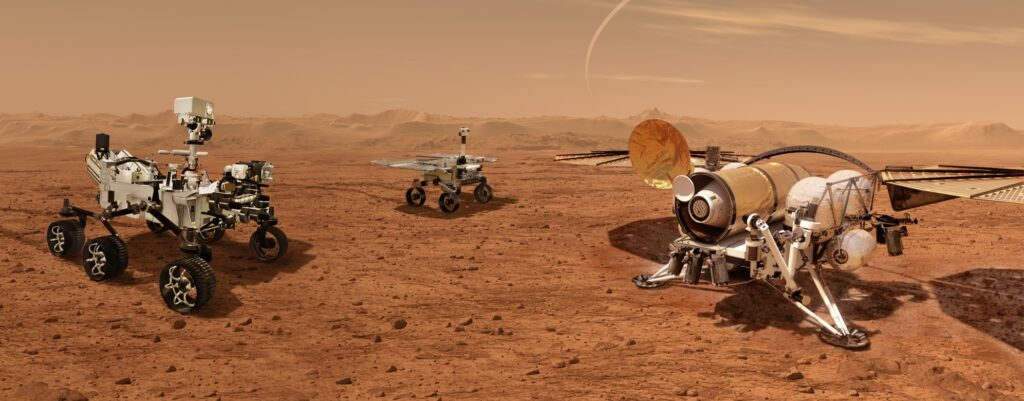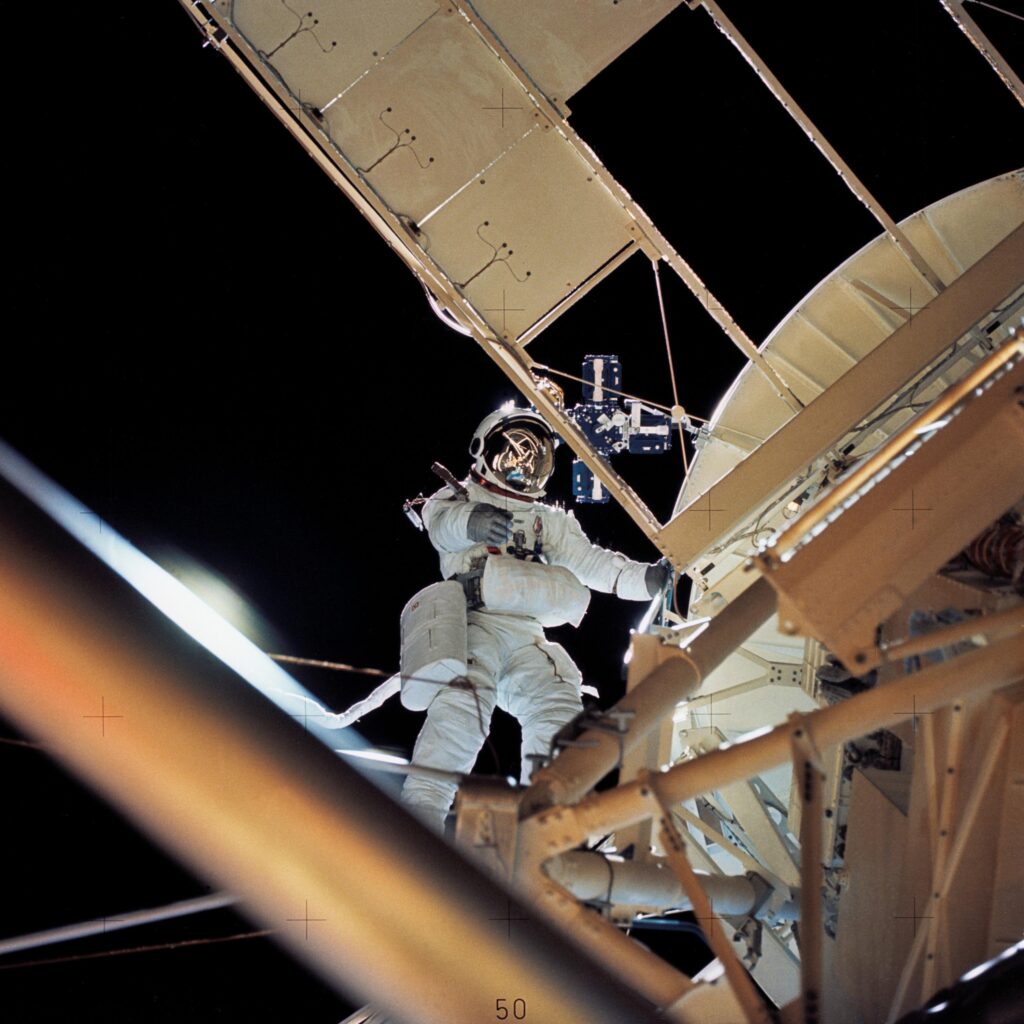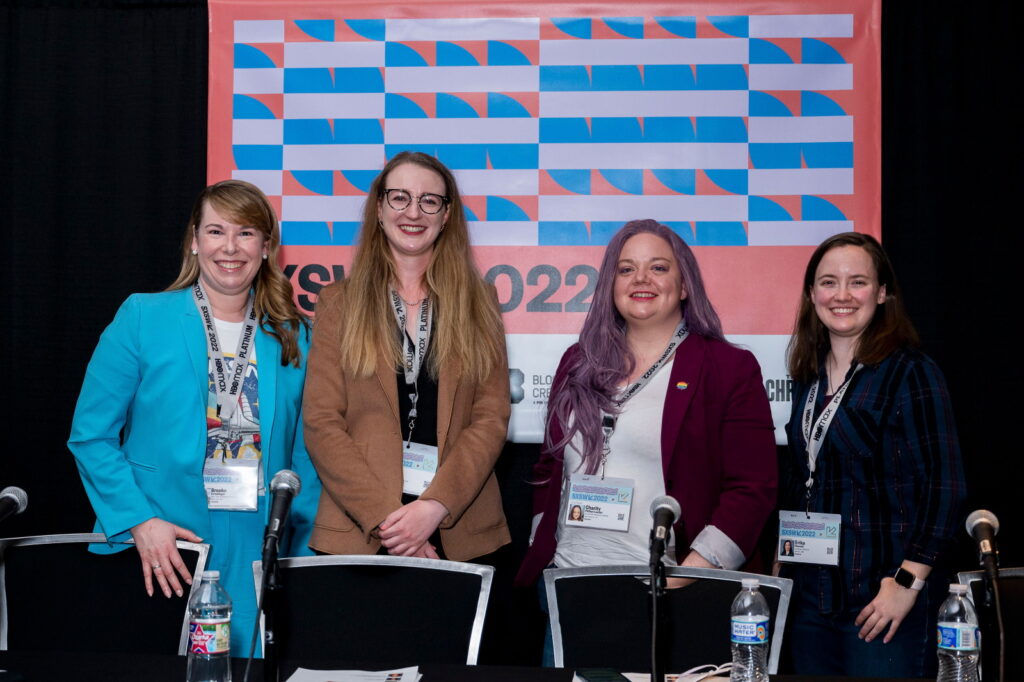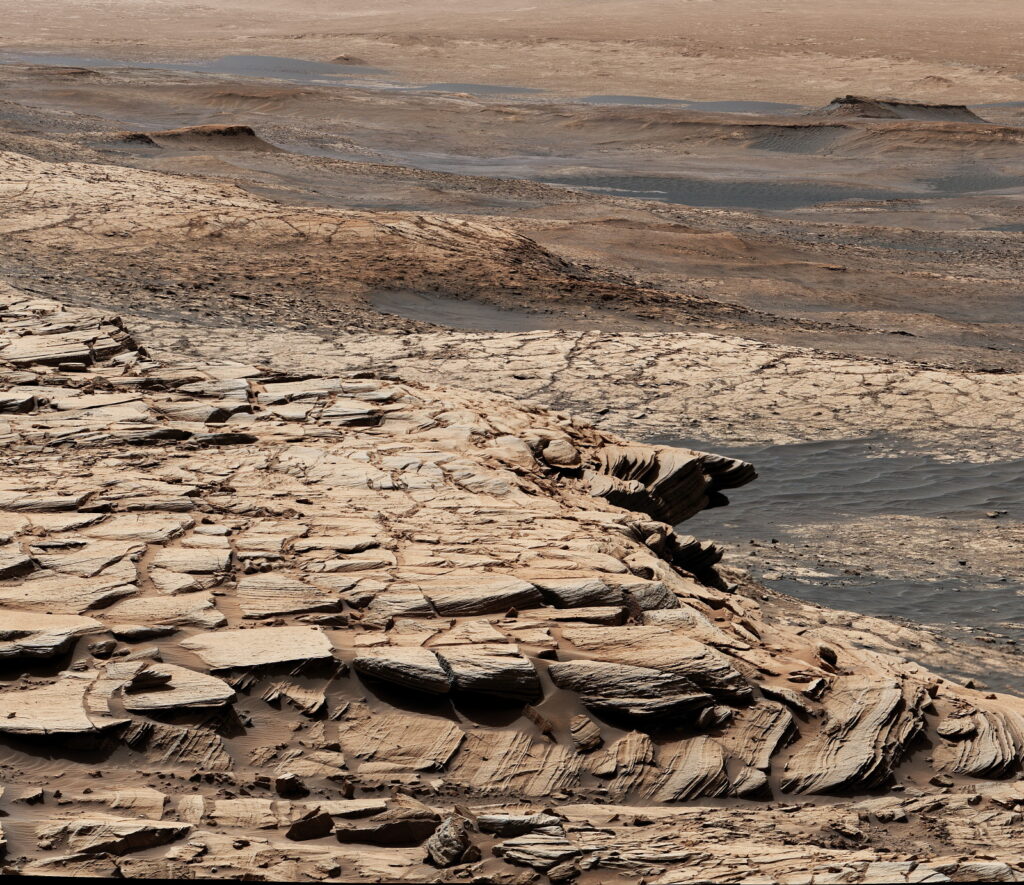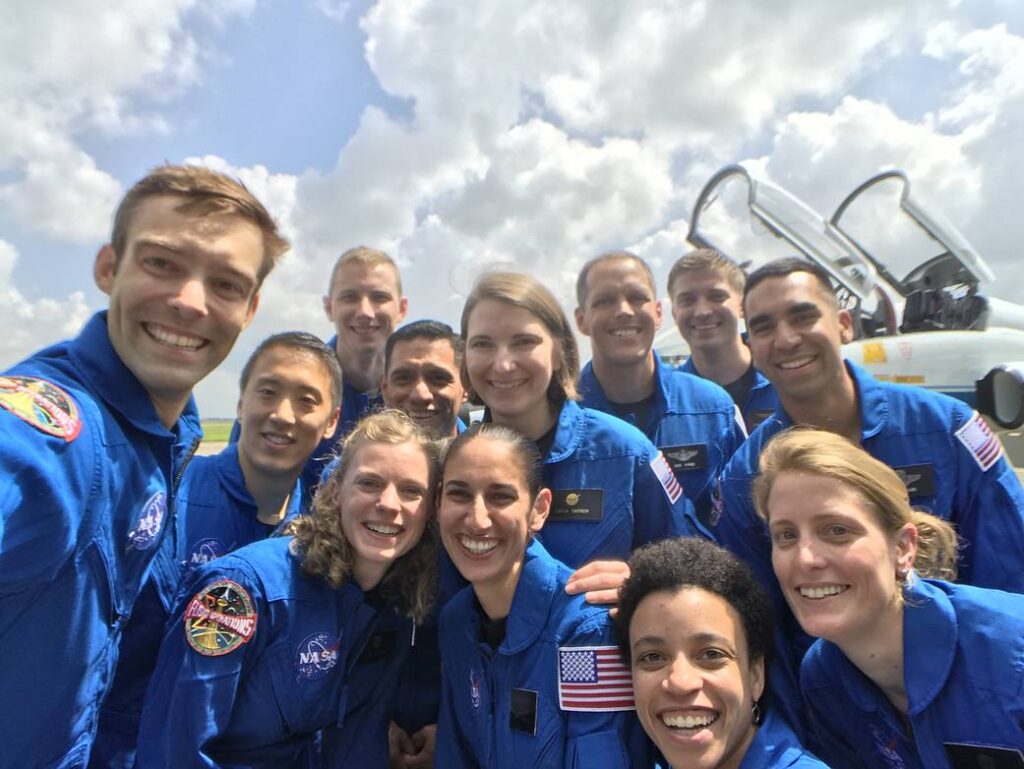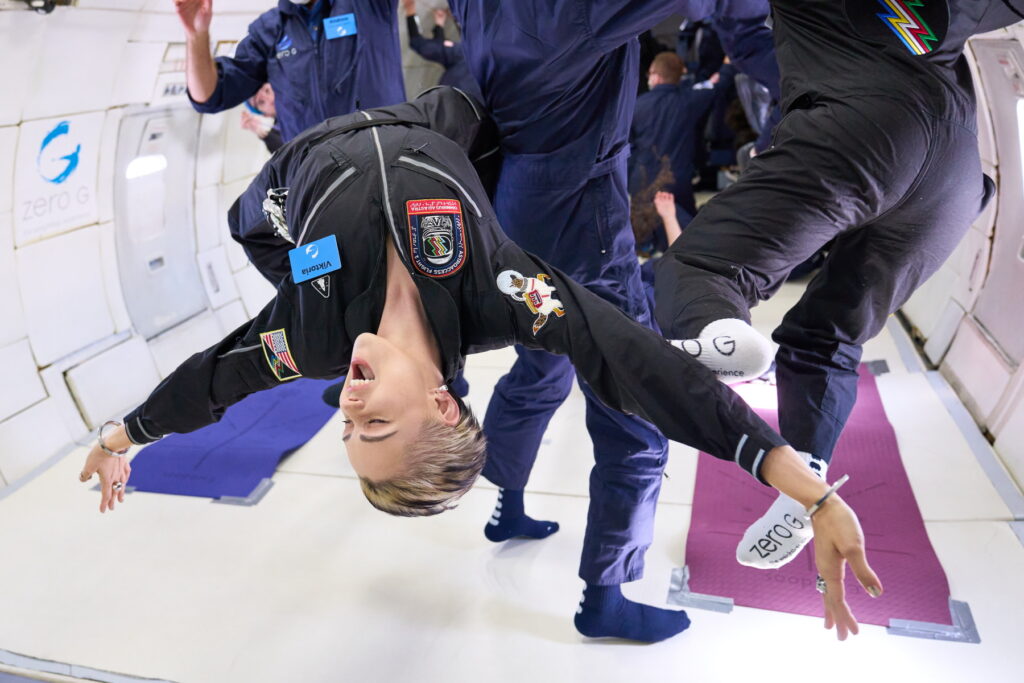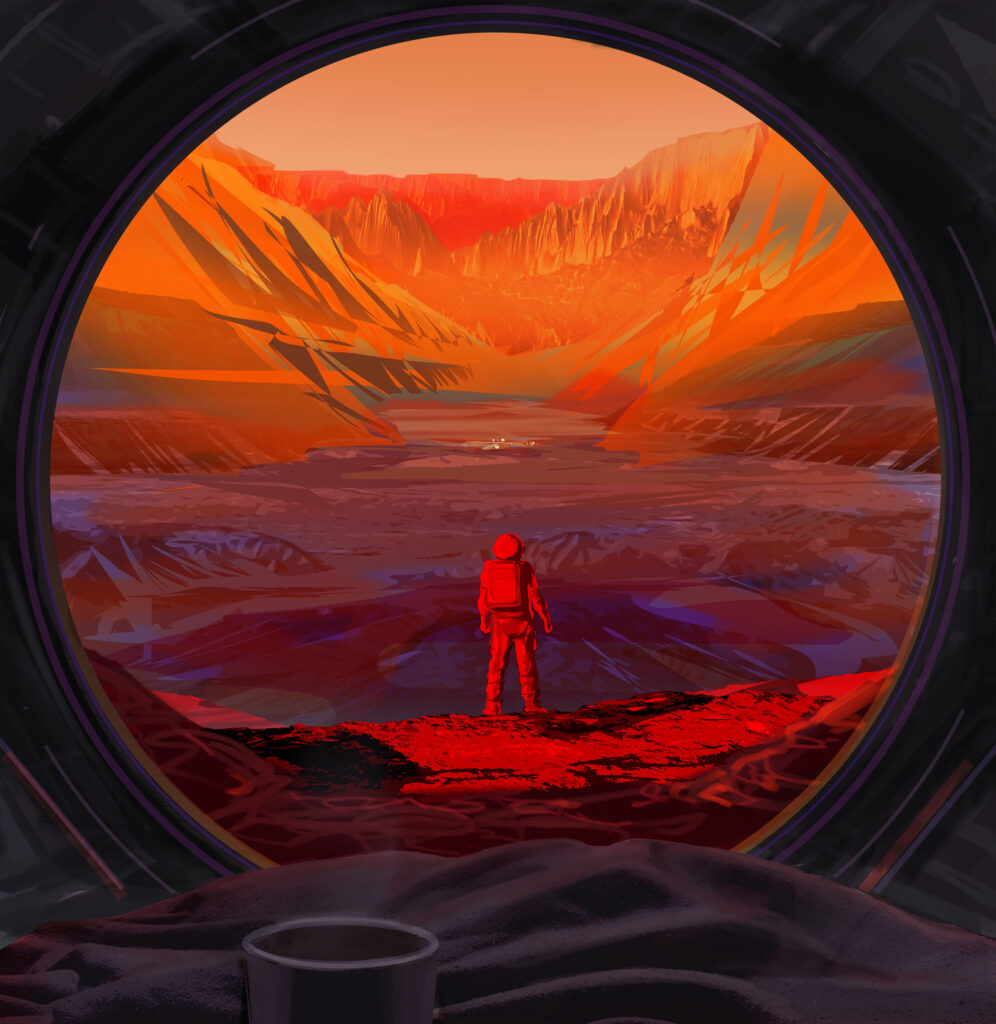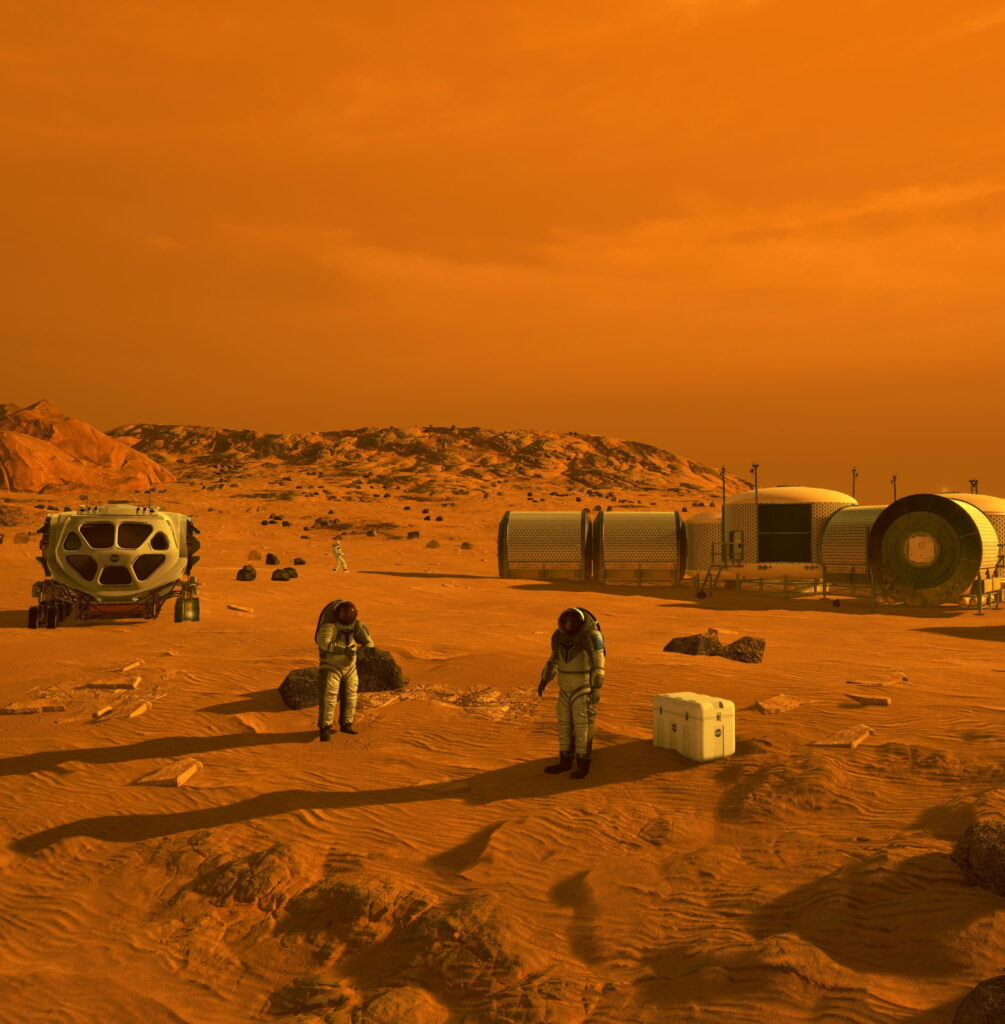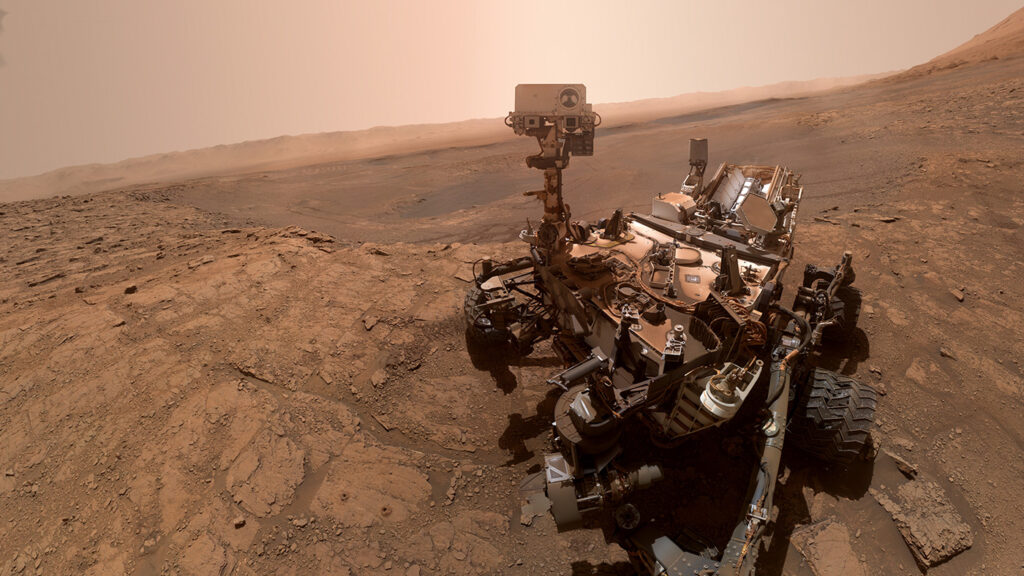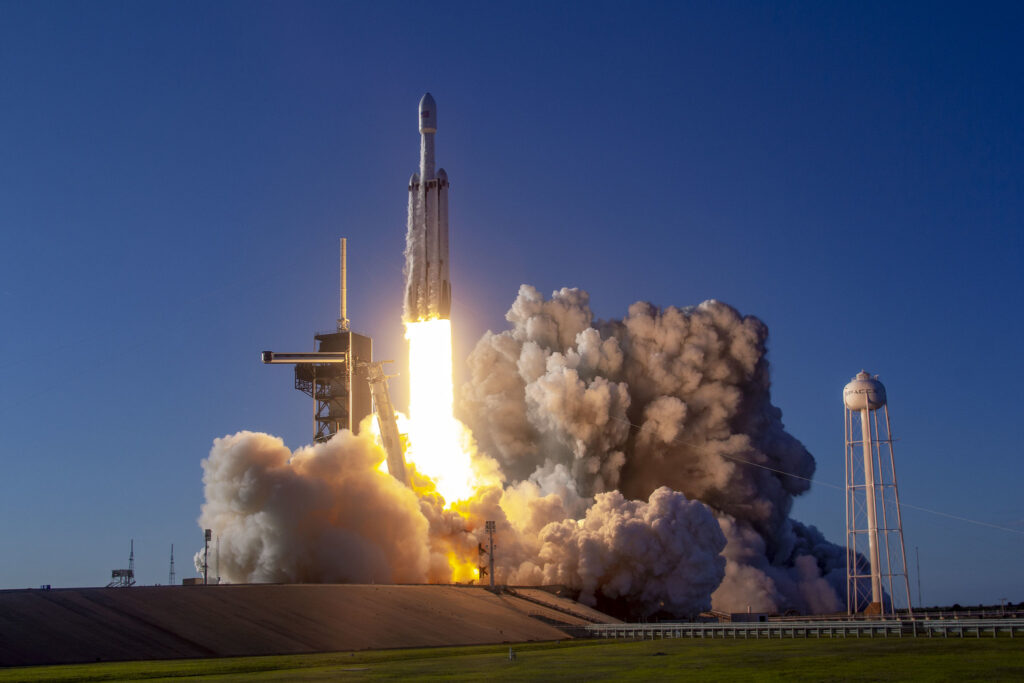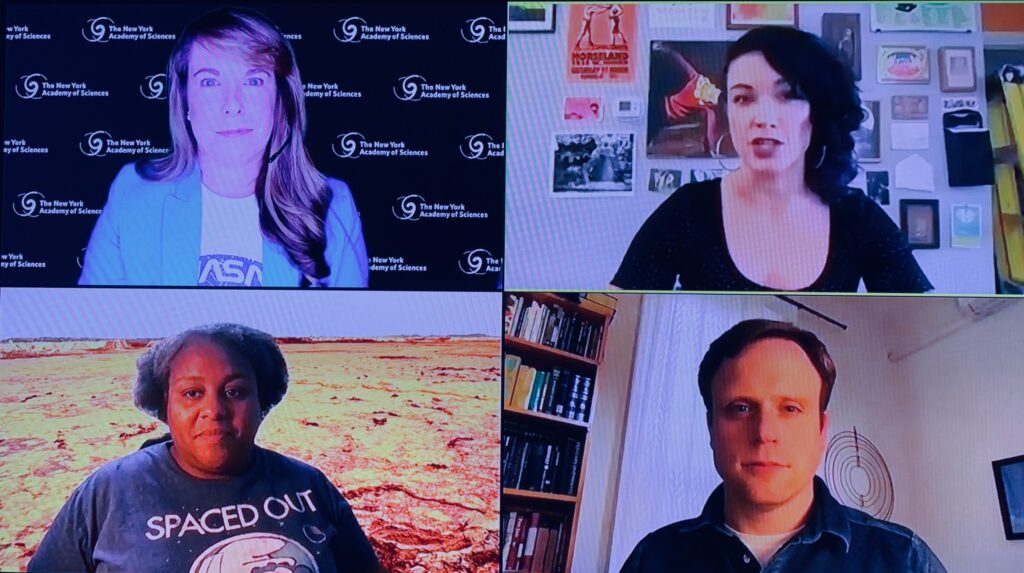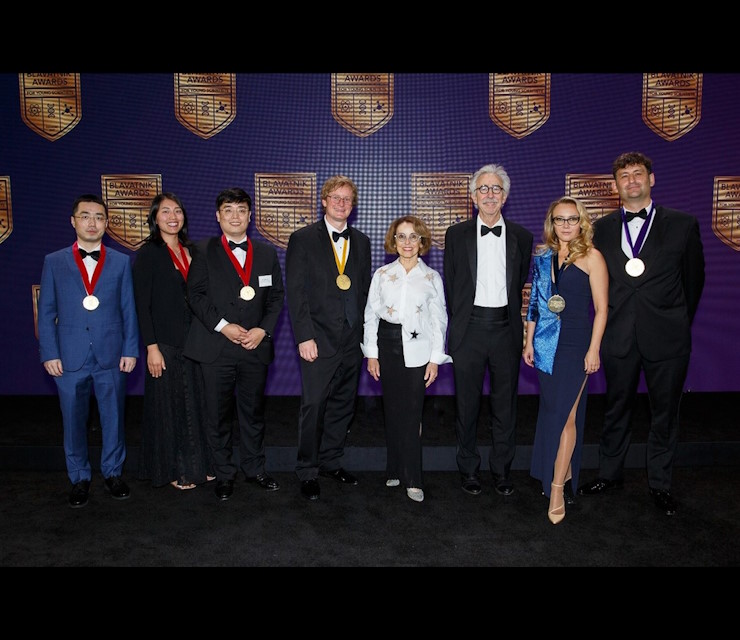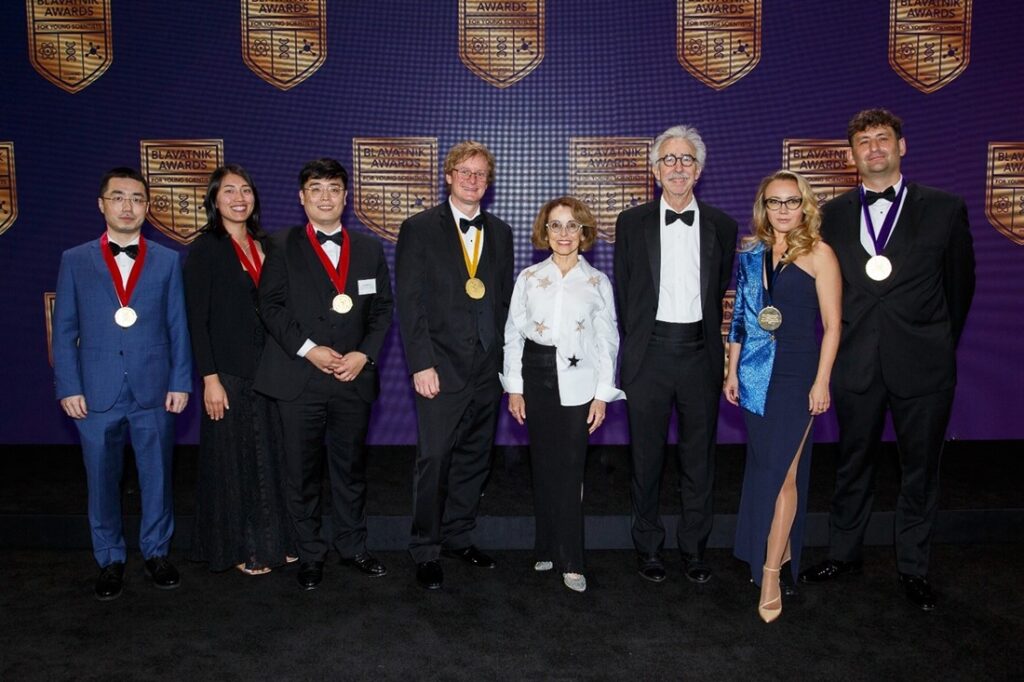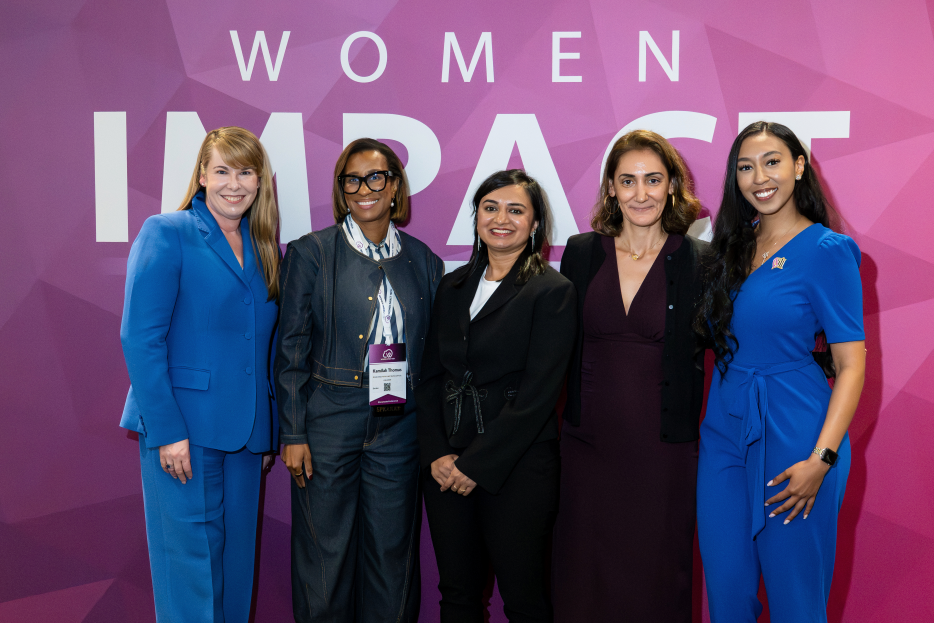
What separates good technologists from great leaders? A candid conversation on the human skills that drive innovation, collaboration, and success in tech.
Published November 3, 2025

In a world where technology evolves faster than most of us can track, it is the deep human qualities of communication, empathy, adaptability, and curiosity that increasingly define success.
At the Women Impact Tech Accelerate Conference in New York City on September 18, 2025, I had the privilege of moderating a main-stage discussion titled “Beyond the Code: How Soft Skills Propel Success in Tech Roles.” Joining me were four remarkable leaders: Kamilah Thomas (Board Director and Chief People Officer, 5T HR Advisory), Jyoti Shah (Forbes Technology Council Member and Director of Application Development, ADP), Rafif Srour Daher (Executive Vice Dean and Vice Dean of Undergraduate Programs, School of Science & Technology, IE University), and Ashley M. Scott (Data & AI Implementation Lead, PepsiCo). Together, we explored what it really means to succeed in tech today and why the skills we once called “soft” are, in truth, the most powerful tools we have.
Rethinking “Soft Skills”
From the outset, we agreed that the language of “soft skills” sells short their impact. As Kamilah Thomas put it, “This notion of soft skills needs to be reframed. Soft skills [are] sometimes connected to gender. I want to remove that entirely and call them human power skills.” Her words resonated across the stage. These abilities are not nice-to-have, they are essential to everyone leading teams, shaping culture, and navigating change.
Communication and Adaptability
Communication and adaptability emerged as two of the most essential power skills, each rooted in the ability to listen, translate, and evolve with change.
“How well can you demystify something that someone may not have common knowledge about?” Ashley M. Scott asked. And can you share that same message across different stakeholders? Her point was simple: communication builds bridges. Thomas defined communication as a strategic act. “Strategic communication [is] the ability to translate complexity and chaos into clarity,” she said. Jyoti Shah carried that theme forward into industry: “When you combine adaptive communication, problem solving, and emotional intelligence with technical expertise, it brings real-world impact,” she said. “It builds trust and collaboration.”
Rafif Srour Daher echoed these views from her work in higher education. “As [students’ technical] skills sharpen, their ability to explain themselves becomes harder,” she observed. “It’s extremely important that [people in technology] learn adaptive communication: how to explain complexity in accessible terms.”
For Srour Daher, that adaptability began in the classroom and grew into leadership. “I teach math. [In my early teaching], ten minutes through a class I would look at my students and [know] I [had] just lost them,” she recalled with a laugh. “So I tell myself, if I can’t explain it to my six-year-old boy, it means that I don’t understand it. That helped me not only be a better professor, but also a better leader.”
She also reflected on the mindset needed to keep up with change. “Students always expect that if they’re going into a program, they will learn everything there is to know about a certain technology, and that’s really wrong,” she explained. “The pace at which technology changes makes it essential to be agile in your learning. It’s important to grasp the basic concepts, but even more important to use those concepts to keep learning as technologies evolve.”
Together, the panelists reminded us that clear communication is not just a professional asset, it’s the foundation of leadership. Their stories reveal a shared truth: communication is intentional. It’s the willingness to adjust message, pace, and approach to meet others where they are.
Influence Without Authority
As communication deepens understanding, influence turns it into action. The ability to inspire others—to guide without title and to motivate without mandate—is one of the most valuable skills in a fast-moving, decentralized world of work.
When I turned to the topic of influence, I posed a question that resonated with everyone in the room: “In this industry, you’re working in very cross-functional settings with different teams, with people who don’t necessarily report to you. What are some of the skills and strategies you’ve used to influence teams when you don’t have authority? What’s been key to getting buy-in, engagement, and collaboration?”
Scott was the first to weigh in. “You have the ability, specifically within AI and tech careers, to be the first to actually have a certain role,” she said. She described the ability to lead without authority as a defining marker of success, especially in emerging fields where no one has a rulebook yet. Her perspective opened a wider conversation. Shah added, “I handle a lot of projects with cross-functional, global teams [with] different locations, different cultures. One thing that’s important is to set the stage on what our goal is. It should be a shared goal, not a personal goal. Understand how we are navigating that path and give respect to each other’s functional authority.” When people see how their contributions fit into a shared outcome, alignment follows naturally.
While Shah emphasized alignment and shared purpose, Srour Daher highlighted trust as the foundation of influence, adding that true influence also requires letting go of control. “What I try to do is really focus on giving space for individuals to own their role and make independent decisions,” she said. “Many people, especially when they’re in new roles, they’re often afraid of making mistakes.” By providing unconditional support and creating an environment where it’s safe to fail, she explained, people gain confidence more quickly and grow into stronger contributors. Leadership today is less about command and more about connection through trust, transparency, and respect.
Presence and Confidence
Once influence is earned, presence sustains it.
When asked which power skill had the greatest impact on her career, Thomas didn’t hesitate: “Presence. Not your physical presence. The confidence you bring in the room with you and the expertise that you carry with you is critical. Oftentimes, as a woman in this space, and even the [HR] function that I bring, I’m usually the only one representing that perspective. So, my presence, my thought leadership, how I present that, and the confidence by which I deliver it is critically important. [That is] what allows me to be trusted in the rooms that I’m in.” I asked Thomas how to build that confidence early in one’s career. Her answer was as practical as it was empowering: “You do the work. You’re prepared. You have the capabilities. It’s owning and embodying that. That’s presence.”
Vulnerability and Growth
We’ve all stumbled while applying power skills in real time, so I asked the panel to share when they got it wrong. Thomas shared a moment of vulnerability that drew quiet empathy from the audience. “One of my big early failures was talking too much. This need to fill silent space with words and not listen for what’s unsaid,” she admitted. “Over time, I’ve learned to communicate by listening more. It allows me to garner more trust, inform better decisions, and to ask more clarifying powerful questions. More importantly, it allows others to be heard.”
Srour Daher reflected on a similar evolution. “My biggest mistake was assuming that power skills are innate. That you’re either born with them [or not],” she said. “I realized that you can learn [them].” She added that one of the hardest lessons has been learning how to navigate discomfort. “Early in my career and particularly when I started getting more leadership roles, I avoided difficult conversations,” she acknowledged. “I felt being a woman in technology, you’re not supposed to be vulnerable, you must put on a face of strength. I still avoid some of them, but I’m learning how to at least listen to others and that it’s okay sometimes to be vulnerable.”
Shah shared that her early misstep was “talking in technical language to leadership.” She realized that the C-suite doesn’t want code, they want clarity. “They want to understand the outcomes, not the technology. I‘m here to do the bridge-gapping, to become the translator between the technical team and leadership.”
Scott offered a lesson in patience and empathy. “Earlier in my career, I was listening [just] to respond,” she said. “[I thought I knew] exactly what [people] need without thinking about what questions can I ask after or who can I collaboratively work with. Over time, I realized that wasn’t the most successful way to go about solving problems.”
Thomas brought the conversation full circle, reframing vulnerability not as weakness but as wisdom earned through experience. “As you ascend and [lead] broader scopes of work, it’s okay to say, ‘I don’t know that, but I believe in my capacity to learn. Or I’ll leverage my team, and we’ll figure it out together,’” she said. She reminded the audience that the higher you rise, the more your human power skills become the true differentiator that drives lasting outcomes.
The panelists’ candor reminded us that mistakes are not setbacks but stepping stones shaped by reflection, correction, and the courage to keep learning out loud.
Curiosity and Courage
Looking ahead, I asked what skills they’re still strengthening and how curiosity continues to shape their growth.
For Scott, it’s deepening her ability to influence without authority while maintaining a human-centric approach: “Learning to connect more holistically with people, versus just focusing on the work itself.”
Shah is leaning into curiosity in the face of AI. “When AI came, [my team] got scared. Will it replace our jobs?” she recalled. She reminded them that AI is here to help with repetitive work and emphasized that there will always be a need for distinctly human skills like empathy, ethical reasoning, and sound judgment that no algorithm can replicate.
Thomas described giving herself permission to rediscover curiosity and play, particularly in the AI space: “If we unlock that level of play, we can reshape our roles and our households using AI in magical ways. I’m giving myself permission to play, and I would encourage all of you to do the same.”
Srour Daher offered a final reflection: “What I’m working on is deep listening. When someone walks in, [I remind myself] to be present. Even five minutes [of true listening] can make [people] feel that they’re heard.”
Together, their words framed curiosity not as a luxury, but as a discipline that keeps us agile, human, and open to what comes next.
Making Power Skills Count
We closed with a practical question: how do you make power skills visible?
Thomas emphasized that visibility begins with self-advocacy. Too often, people wait for others to recognize their contributions. Instead, she urged professionals to own their narrative. Show how empathy helped resolve conflict or how communication unlocked collaboration, because if you don’t tell the story of your impact, no one else will.
Shah added that during interviews or performance reviews, specificity matters. Professionals should highlight tangible examples of how their communication strengthened teamwork, solved problems, or advanced success.
Their message was clear: power skills aren’t personality traits or buzzwords; they’re measurable, demonstrable, and essential to leadership. When articulated with intention, they shape not only how others see you, but how far you can go.
Leading with Humanity
As the session closed, one truth remained: technology powers our tools, but humanity powers our progress. “Remember,” I told the audience as we closed, “your soft skills are your superpower.”
Watch the full conversation here: https://vimeo.com/1120896176


